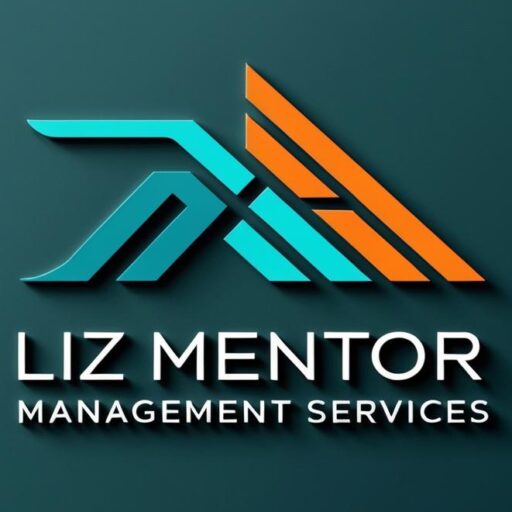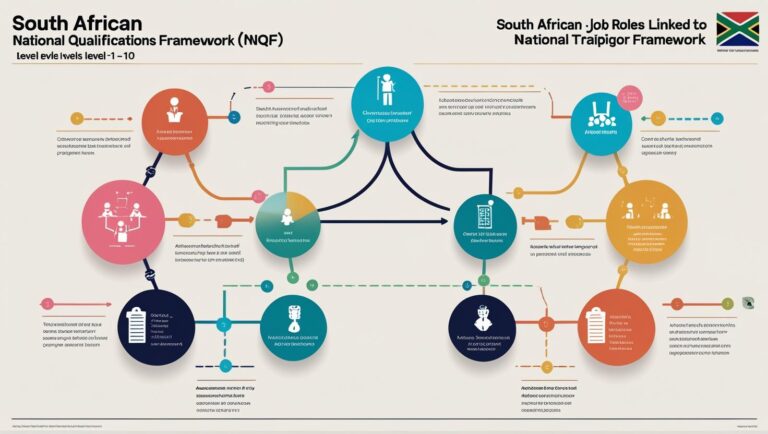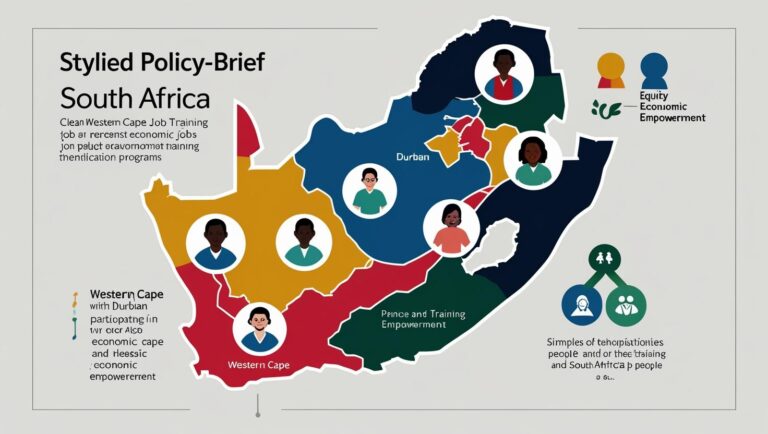Skills That Grow Your Business (Not Just Your Submission)
For many small businesses, the Workplace Skills Plan (WSP) and Annual Training Report (ATR) feel like once-a-year chores—tick-box exercises that exist only to satisfy SETA compliance. If that’s your experience, you’re not alone. But here’s the truth: when you align skills development to your real business needs, your WSP stops being just admin and starts becoming growth.
Small teams often juggle so many responsibilities that training can feel like a luxury. But in reality, every investment in developing your people has a direct impact on productivity, customer satisfaction, and operational efficiency. A well-thought-out skills plan is more than a submission—it’s a strategic tool for growth.
This article explores how to make your skills development meaningful, practical, and aligned to business objectives, while still meeting SETA requirements.
Why Aligning Training With Business Goals Matters
SETA frameworks are designed to incentivize purposeful skills development. They fund learnerships, encourage workplace skills planning, and reward businesses that demonstrate intentional development. But the truth is, too many companies treat it as a box-ticking exercise. They replicate last year’s plan, rely on courses that happen to be available, or list training activities disconnected from daily business reality.
When this happens, your submission may pass compliance checks, but it misses the opportunity to grow your business, retain top talent, and improve operational outcomes.
Aligning training with business goals shifts your approach from compliance-focused to performance-focused. Every skill developed has a measurable impact, and every training session is tied to a tangible business outcome. Instead of “we have to train staff because SETA says so,” your team is learning what they actually need to excel in their roles and help the business thrive.
Building a Business-Focused Skills Strategy
The foundation of a smart skills plan starts with one key question:
“What skills do we need to achieve our business goals this year?”
This question turns abstract training plans into actionable growth strategies.
Know Your Direction
Before considering courses or workshops, define your business goals. These goals act as the compass for your training plan. Some examples might include:
Reducing customer complaints by a measurable percentage
Expanding into new markets
Streamlining operations to reduce costs
Improving product quality
Enhancing internal communication
Each goal has an associated skill set. For instance, reducing customer complaints might require advanced communication skills, conflict resolution training, and process clarity for staff. Expanding into a new market may demand sales upskilling, digital marketing capabilities, or compliance knowledge specific to that region.
By linking training to actual business objectives, you create a plan that’s strategic, practical, and measurable.
Identify the Skills Gap
Once you know your goals, the next step is to assess your current capabilities. Ask yourself:
What skills do we already have in-house?
Where are the gaps?
Who needs to grow for these goals to be achieved?
For example, if your goal is to improve internal communications, you may discover that team leads are proficient at task management but lack skills in constructive feedback or conflict resolution. This insight informs targeted training rather than generic, off-the-shelf courses.
Mapping the gap creates a clear rationale for each training intervention and ensures your WSP/ATR reflects real development rather than hypothetical or arbitrary activities.
Match Training to Reality
Not every training initiative needs to be costly or external. Many impactful skills development activities can happen internally, using existing resources and expertise.
Internal Options Include:
Cross-training across departments to build flexibility and knowledge sharing
Job shadowing and mentorship to transfer expertise in real-time
SOP walkthroughs and knowledge-sharing sessions to ensure consistency
In-house coaching to improve performance on specific tasks
External Options Include:
Accredited short courses aligned with the identified skills gaps
Online or blended learning solutions for flexibility and scale
Industry workshops to build contextual knowledge and networks
Learnerships for high-potential employees, particularly where formal qualifications add value
Even informal learning counts, as long as it’s documented and linked to outcomes. A 10-minute demonstration by a team lead or a short video tutorial can be logged and submitted in your WSP/ATR if tracked correctly.
Make Every Learning Opportunity Trackable
A hallmark of effective business-aligned training is that every session, demonstration, or coaching moment is logged. Even micro-learning counts when it’s documented.
A simple “training tracker” can capture:
Date of the session
Employees involved
Topic or skill addressed
Delivery method (on-the-job, video, coaching)
Evidence (attendance, photo, email, screenshot)
For example, if your goal is improving customer service, instead of sending staff on a generic “customer care” course, consider:
A team session demonstrating complaint-handling techniques
Job-shadowing your best communicator during client interactions
Creating a short script for staff to follow, with hands-on practice
Logging attendance, participation, and observed application
All of these count toward your WSP and are practical, low-cost, and directly relevant.
Examples of Skills Development in Action
Scenario 1: Improving Operational Accuracy
Your warehouse team has been making mistakes in order picking. Instead of a generic course, the supervisor demonstrates correct procedures during daily shifts, then allows employees to shadow each other. Each session is logged, and a quick reflection sheet is completed by staff noting what they learned and applied.
Scenario 2: Enhancing Sales Effectiveness
A small business wants to boost upselling performance. The sales manager observes junior staff during client calls, offers real-time coaching, and then schedules a short internal session to review techniques. Employees practice scripts, and progress is logged.
Scenario 3: Building Digital Literacy
Instead of paying for a full software course, a team lead creates a series of 10-minute internal tutorials on using inventory management software. Staff practice in real time, ask questions, and document their learning. Screenshots, attendance logs, and reflection notes provide clear evidence for the ATR.
These scenarios demonstrate that effective skills development doesn’t require expensive courses—it requires intentional planning, alignment to business goals, and careful documentation.
Why This Approach Is a Competitive Advantage
Most businesses still treat skills development purely as compliance. They list generic courses, submit minimal evidence, and hope for grant approval. Businesses that use skills development strategically gain a competitive edge by:
Creating stronger, more capable teams
Improving operational efficiency
Enhancing customer satisfaction
Fostering a culture of continuous learning
Boosting employee confidence and retention
A deliberate, documented, business-aligned training plan demonstrates both growth and accountability. SETA reviewers recognize this intentionality, making submissions more credible and increasing eligibility for discretionary grants.
Informal Training: A Hidden Goldmine
Small businesses often overlook the power of informal learning, yet this is where much of the most effective skills development happens. Coaching, mentoring, peer learning, and on-the-job demonstrations are immediate, practical, and impactful.
Documenting these moments doesn’t have to be cumbersome. An Excel sheet or Google Sheet can serve as a living tracker, capturing date, participants, topic, method, and proof. Even brief internal sessions or micro-learning opportunities become valuable entries in your WSP/ATR when logged properly.
For example, a 15-minute demonstration of new stock handling procedures or a peer coaching session on client communication counts as reportable, meaningful skills development. This approach ensures your submission reflects the reality of learning within your business, not just a hypothetical plan.
Connecting Training to Tangible Outcomes
The real value of aligning skills development with business goals lies in measurable impact. Every training session should link back to a business outcome, whether it’s reducing errors, improving efficiency, increasing sales, or boosting customer satisfaction.
For instance, if your goal is to improve internal communication, documenting activities like feedback coaching sessions, internal huddles, or mentorship moments shows clear alignment. Tracking the improvements—fewer errors, smoother workflows, or quicker resolution of disputes—illustrates that training has real value beyond compliance.
Key Takeaways for a Business-Focused WSP/ATR
Start with business goals: Let operational needs drive training, not the availability of courses.
Identify skill gaps: Understand where your team needs growth to achieve these goals.
Leverage internal and informal learning: Cross-training, mentoring, job shadowing, and micro-learning are powerful, low-cost options.
Document everything: Attendance, reflections, screenshots, and sign-off sheets make every informal learning activity reportable.
Track and measure impact: Connect skills development to outcomes that matter, such as improved efficiency, higher sales, or better customer service.
Integrate with SETA compliance: When aligned with real business needs, your submission is stronger, credible, and more likely to qualify for discretionary funding.
By intentionally linking training to business objectives, you transform your WSP/ATR from a compliance exercise into a strategic growth tool, ensuring every learning opportunity contributes to your business success.
Final Thoughts
Skills development should never be treated as a once-a-year checkbox. When aligned to real-world business needs, it becomes a strategic lever for growth. Even in small teams, thoughtful, documented, and deliberate training builds stronger people, smarter systems, and a culture of continuous improvement.
Remember, informal learning is powerful and reportable if tracked correctly. Micro-learning moments, on-the-job coaching, and peer mentoring can all be leveraged to enhance your WSP/ATR while supporting tangible business outcomes.
The key is intentionality: plan with purpose, document with consistency, and link every skill development activity to business impact. This approach ensures that your skills development efforts are not just recognized by SETA but also genuinely grow your business.
By treating your WSP/ATR as a business-focused training strategy rather than a compliance formality, you create a culture of continuous learning, improve operational performance, and strengthen your team for sustainable growth.



